“I invite you to imagine silence. The poet is the soul of a society.”
Fundación Bancaja in Plaza de Tetuán is currently displaying the works of Spanish artist, Jaume Plensa. As a renowned sculptor in international contemporary art, Plensa is known for his depictions of the human face. The exhibition includes 100 pieces dating from 1990 to the present day and is entitled ‘Poesía del silencio’/ ‘Poetry of Silence’. Language and the human body are the foundational pillars of the exhibition. However, Plensa’s artistic practices largely explore their intersection. After visiting the exhibition and translating the visual and emotional experience into written language, the art’s contribution to contemporary culture and thought became clear. The artistic investigation of the Barcelona-based artist centres around diversity and the coexistence of different cultures. This is most apparent in the four-metre-tall sculpture: ‘White Nomad’ (2021) that stands outside the building. The figure consists of letters and calligraphy from different alphabets which not only highlights the influence of the written word on Plensa’s art but acts as a powerful metaphor regarding the beauty of today’s diverse and multicultural world.
This motif is continued throughout the exhibition. Although the symbolic capacities of Plensa’s poignant artwork cannot be ignored, his sculptures should also be appreciated for their palpable physicality. The first sculpture in the exhibition: Sitting Tattoo XI (2008) is made from polyester resin and is illuminated with colour from the inside. In this work, covered in words such as ‘success’, ‘patience’ and ‘adversity’, the words become a form of tattoo, because in the artist’s own words: “We all have our bodies tattooed, but with transparent ink”. At its core, the project examines the relationship between the body and the soul and while this alludes to a profound, spiritual meaning, the piece also impresses in its physicality and material qualities. The decision to use resin for this piece of art is interesting and suggests the materials used for creation reflect the themes of the exhibition itself. As an alluring art form, resin is a tangible yet visually fragile material and is used by Plensa to exhibit his thoughts on the fragility of the human soul.
You are then invited to walk through a curtain of words dangling from the ceiling that chime as you pass through. This work Song of Songs (2005) originates in poetry and the artist’s childhood, more specifically Plensa’s obsession with freeing poetry from the tyranny of paper. Literature has always been a source of inspiration for Jaume Plensa, including the works of William Shakespeare, T.S Eliot, Dante, Baudelaire, Goethe and Vicent Andrés Estellés. As the exhibition continues, there are a series of human figures constructed from letters and silhouettes that draw on Romanesque and Gothic influences. As music is one of the artist’s passions, some of his characteristic human figures also consist of musical notes such as Adagio (2015). There were also Freudian influences evident in his work, particularly Mothers, Brothers and Fathers (1990). Through perhaps the most unexpected subject matter, there was more than a hint of eroticism and a surprising connection of this with his family motif.
The exhibition ends with three small works that Plensa created during his confinement in the coronavirus pandemic. These works are entitled, ‘2020’, ‘Utopia’ and ‘Cry’. This was an apt way to draw the exhibition to a close as during the pandemic when everyone was forced to stay home, maintaining a healthy relationship with oneself became increasingly important. As all our lives were put on pause, we were given an opportunity to turn inwards and focus on personal development. This introspection lies at the heart of Plensa’s artistic creations.
Plensa’s creative instincts excel in this exhibition, curated by Javier Molins, which is the largest exhibition of sculptures in his artistic oeuvre. A striking quotation on one of the walls of the exhibition stuck in my mind. It read: “El útero y la boca son las dos cavidades más fundamentales del cuerpo: en una nace la vida y en la otra nace la palabra.” This translates to: ‘The uterus and the mouth are the two most fundamental cavities of the body: in one life is born and in the other speech is born’. Capturing the essential meaning of the exhibition, this quotation alludes to the intersection of language and the human body and the universality of human nature. This must-see exhibition is on show at Fundación Bancaja till the 19th March and generates an emotional response that will stay with you long after you leave the building.
Report by Imogen Hockings
Article copyright ‘24/7 Valencia’
Photo copyright Imogen Hockings/ ’24/7 Valencia’
Jaume Plensa. Poesía del silencio
Until March 19th
Fundación Bancaja – Valencia
Address: Plaça de Tetuan, 23, 46003 València, Valencia
Tel: 96 064 58 40
Website: https://www.fundacionbancaja.es/
Contact:
Bancaja Foundation Press Office
Tlf: 96 064 58 40 / 628 11 99 93
comunicacion@fundacionbancaja.es
Jaume Plensa: https://jaumeplensa.com/
Related Post
This site uses Akismet to reduce spam. Learn how your comment data is processed.


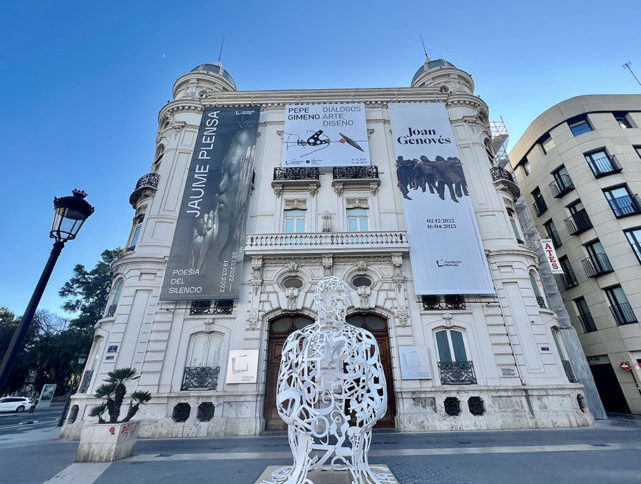
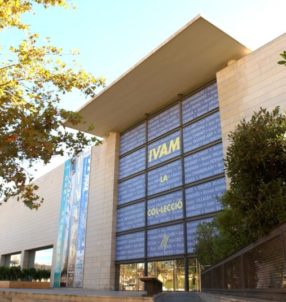
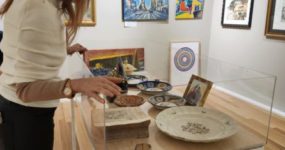
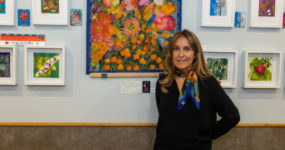
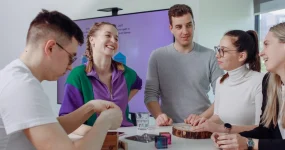
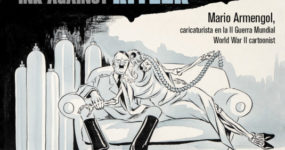

















Leave a comment